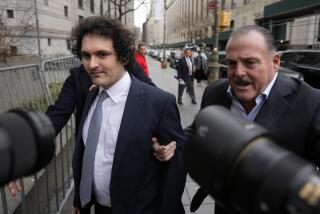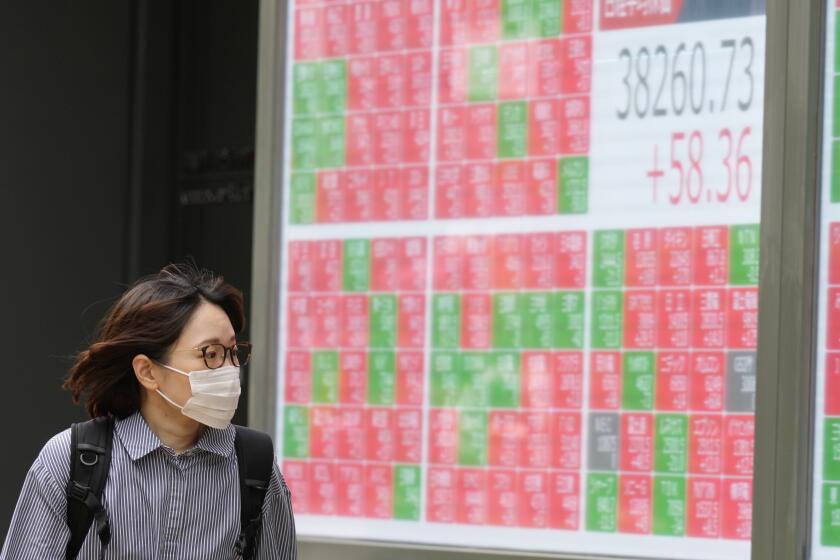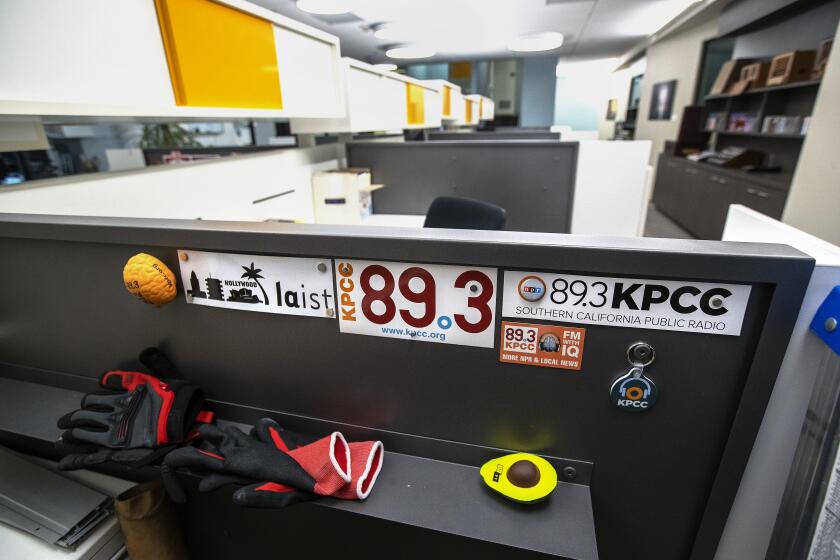The Red-Lining of the Job Creators : Credit: By telling S&Ls; they can’t issue high-yield bonds, the government has put many companies and our very economy at risk.
The federal government has taken up a search-and-destroy mission to root out all mismanagement in America’s thrift and credit markets. Yet while it searches for corruption and flawed financial decision-making, what it may end up destroying is the U.S. economy.
A number of developments in the financial world have come about over the past several months. Taken together, they threaten to derail our seven-year economic expansion, doom young companies eager for capital and render sections of the country into economic wastelands.
Capital requirements for commercial banks will be raised at the end of this year. Thrift institutions are simply ceasing to lend money as the federal government proceeds with its restructuring of their industry.
The savings-and-loan crisis is correctly perceived as the San Andreas Fault of the U.S. capital markets. Since it became a political football in Washington, what started as a $22-billion problem has exploded into a $150-billion problem and we’re still counting. There clearly was fraud and mismanagement and downright uneconomic abuses compounded by self-destructive government regulation that turned the government into the largest holder of distressed credits. Thrifts ignored basic investment tenets, concentrating loans in cyclical sectors such as real estate, energy and agriculture--then ignored basic lending criteria besides, extending loans to less-than-steller creditors.
Meanwhile, there has been a tightening of credit in the commercial-paper market, which had fostered many previously unproven but now successful companies over the past few years. And then there is the high-yield bond market.
To illustrate the stakes, we need to look at the recent history of the commercial money-center banks and the bond market. During the past two decades, traditional financial institutions have shown strange lending priorities, to say the least. Instead of lending money to the people building our economic future, these institutions were loaning money to foreign countries and to the small group of 800 well-established companies in this country that enjoy a bond rating often referred to as “investment grade.” Lending money to new businesses, or to existing companies with bigger dreams, was considered too risky.
Into this lending void stepped thrift institutions and the high-yield (junk) bond market.
Now a new wave of strict regulation emanating from Capitol Hill prohibits S&Ls; from investing in debt that is not of investment grade. It is as if Congress did not notice how small companies in every congressional district relied on high-yield bonds to obtain capital denied to them by any other means.
Non-investment-grade companies are not unstable businesses. In 1987, the average non-investment-grade company that borrowed money through debt issuance had 4,000 employees, had been in business for 36 years and had $1 billion in assets.
But now the government has placed about 95% of all the companies in America out of bounds for thrift institutions. This means that the 11% of the S&Ls; that had invested in high-yield bonds (and were the best performing thrifts at that time, according to the General Accounting Office) were prohibited from making investments in those financial instruments that had earned the highest return of any of their investments, other than credit cards, over the past decade. Thus the companies that have created most of the new jobs in this country during the past two decades have been red-lined. Those who usually have the biggest problems getting access to business credit through the major commercial banks or through investment-grade bonds--African-Americans, Latinos, Asian- Americans and women--are being told that they do not have companies deemed worthy of receiving loans because they are too risky.
Smaller companies are already feeling the pinch. A survey of 58 banks conducted by the Federal Reserve in January found that in the past six months, 60% had tightened standards for loans to “below investment-grade commercial and industrial customers”--basically, small and medium-size businesses. It is not likely this trend will improve until the government realizes what its policies are doing.
Conservatives have always rightly feared omnipotent government. Liberals have always rightly wanted to include the less fortunate in the American dream. Unless policy-makers, liberals and conservatives alike, wake up and understand the implications of our government’s policies in the S&L; bailout, we will be left only with the killing fields. The cost will be much too high.






